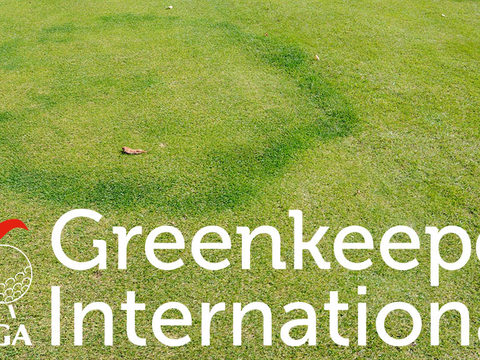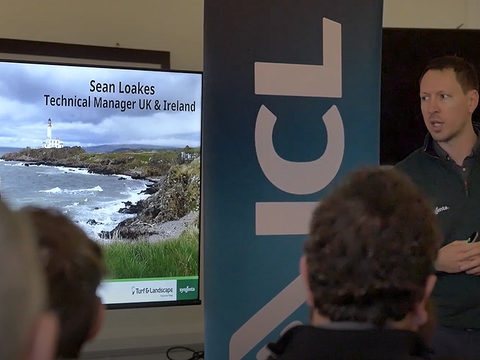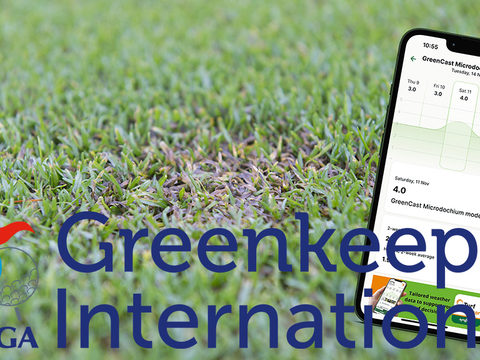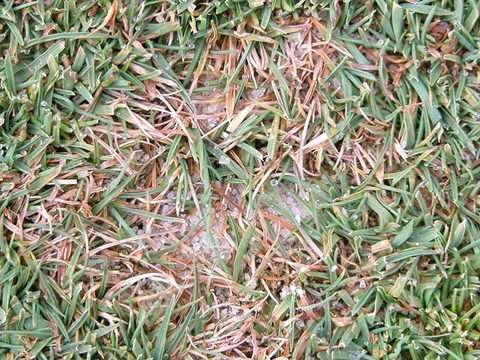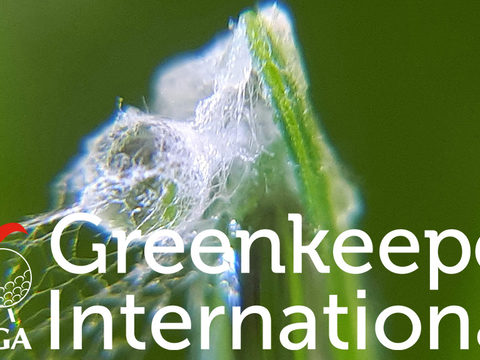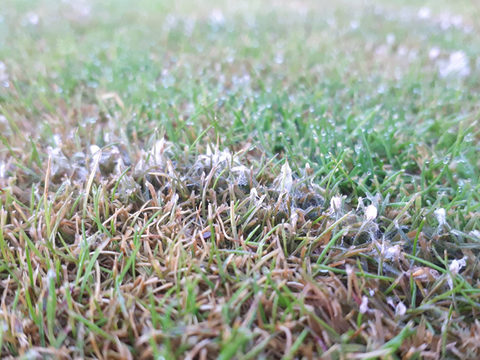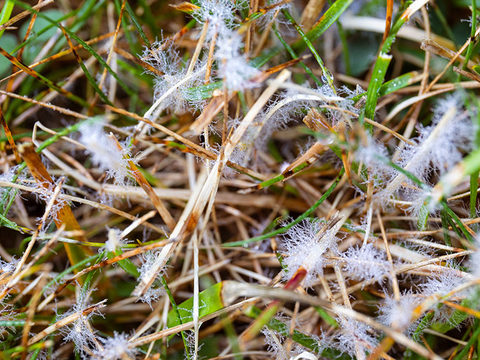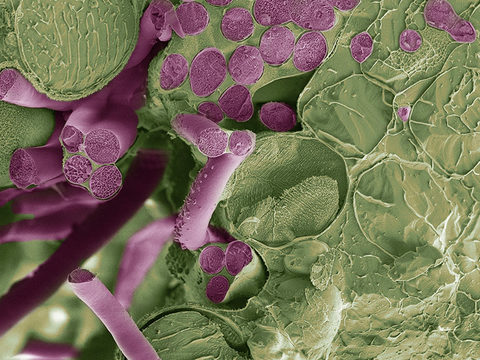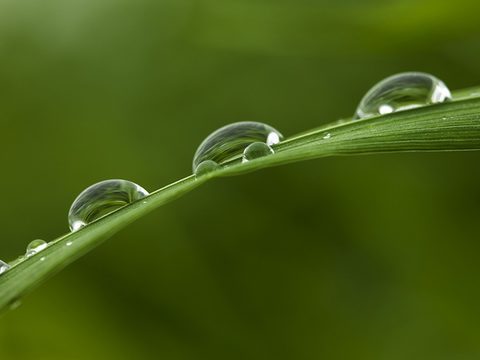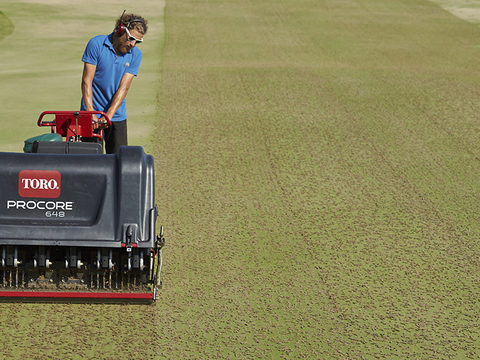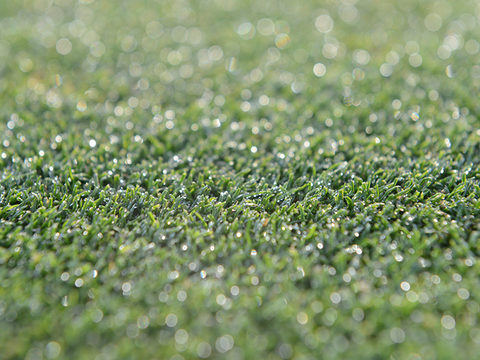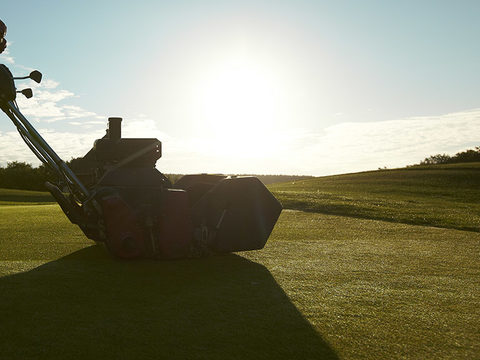COLD START SET TO GET SPRING TURF GROWING
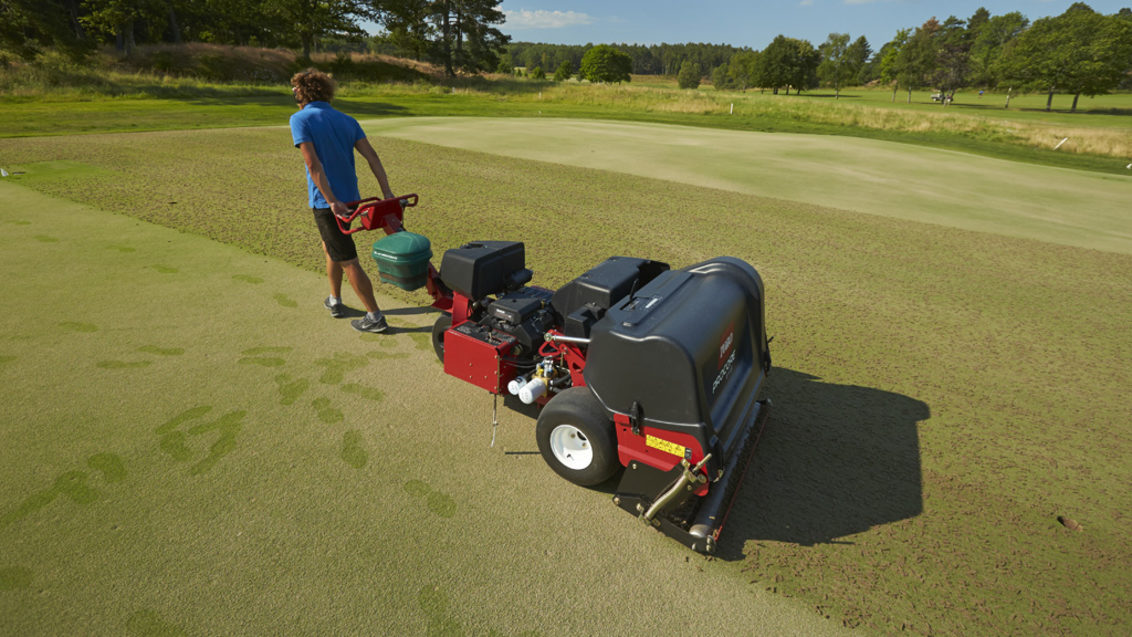
East Berkshire Golf Club greenkeeper, Scott Roberts, captured some great images using his Syngenta Turf Microscope that highlighted how the start of spring can be held in sharp check by freezing nights and cold winds, with snow cover for many areas.
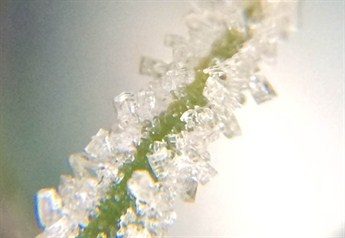
| 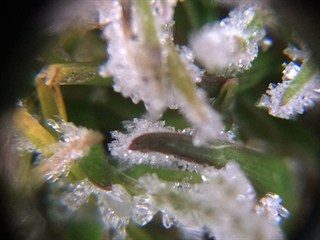
|
However, when temperatures are forecast on the rise and the onset of grass growth, peoples' thoughts will turn to renovation and improving playability for the year. In the first of a Turf Talk RENOVATION SPECIAL, ICL Technical Manager, Henry Bechelet, advises nutrition to get turf actively growing before renovation programmes will help with faster recovery and develop stronger turf - better able to withstand the stresses of summer.
"Getting the initial nutrition right to support early spring growth is crucial before surface preparation operations, such as top dressing," he says. The company's trials, at STRI and at Scarcroft Golf Club last year, have highlighted the value of a specific 'Cold Start' fertiliser for the initial application.
Work with Head Greenkeeper, Matt Houseman, at Scarcroft Golf Club near Leeds, compared a range of ICL fertilisers including conventional and slow release N sources, and different compositions of potassium, iron and trace elements. All were applied, to a predominantly browntop bent sand-based rootzone green, at rates to supply 27 kg of N per hectare.
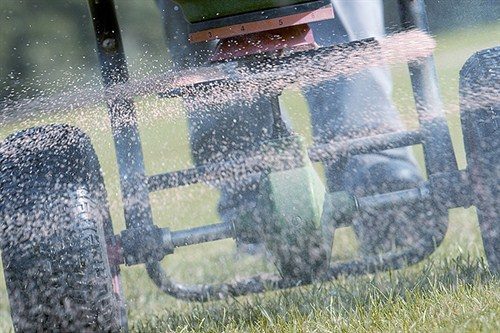
Applied in the second week of March - 'the first nice day of spring' - the green was rated as 5 for turf colour (acceptable) and 4 for turf quality (slightly thin).
"The most notable treatment reaction was the almost instant colour boost, to 6.5 (good), triggered by the Greenmaster Prolite 'Cold Start'," reported Henry, "mainly as a result of the high iron content (+8Fe). The visual response from the other treatments was minimal in the first seven days."
When the spring weather turned cold for the rest of March, the colour and quality of untreated plots continued to deteriorate - turning an insipid 4 for colour and just 3 for quality. All the fertiliser treatments had a beneficial impact in preventing this deterioration, but it was only the 'Cold Start' which created the significant improvement in both colour and quality, with turf density increasing to 5 over the month.
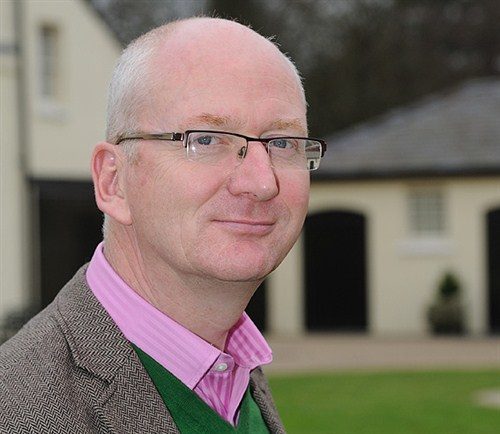
|
Henry Bechelet - fertiliser choice can clearly make a real difference in getting spring growth ready for renovation |
By early April, it was clearly a late spring, with soil temperatures still stubbornly low and Growing Day Degrees only half the seasonal norm. "Both the 'Cold Start' and Greenmaster Prolite 'Turf Tonic' - which were the two with the conventional sulphate of ammonia N sources were performing exceptionally well," recalls Henry. "But the conditions were still too cold for the soil bacteria to work on the slow release N fertilisers to really kick-in."
He adds that when the trial green was top dressed, the differences were even more apparent. Whilst the 'Cold Start' and 'Turf Tonic' treated plots quickly grew up through the sand dressing, the other treatments evidently sat there, slow to get going and recover. That might change the whole approach to spring top dressing, suggests Henry.
Henry's recommendations, under these conditions, now include:
- Sulphate of ammonia and urea combinations work best
- Combined with good levels of iron, the response can be amazing
- Slow-release fertilisers are best applied when temperatures are warm enough for the soil system to function well
- Potassium nitrate is less cost-effective in terms of immediate response and longevity
"So, after what might be considered to be an extremely early fertiliser treatment, during what turned out to be a cold spring, we still got some really strong treatment effects."
"These trials have undoubtedly shown that early spring fertilsers do work, and that the type of fertiliser used does make a difference," says Henry. "For us, Greenmaster Prolite 'Cold Start' is how to get your greens going in the spring."

